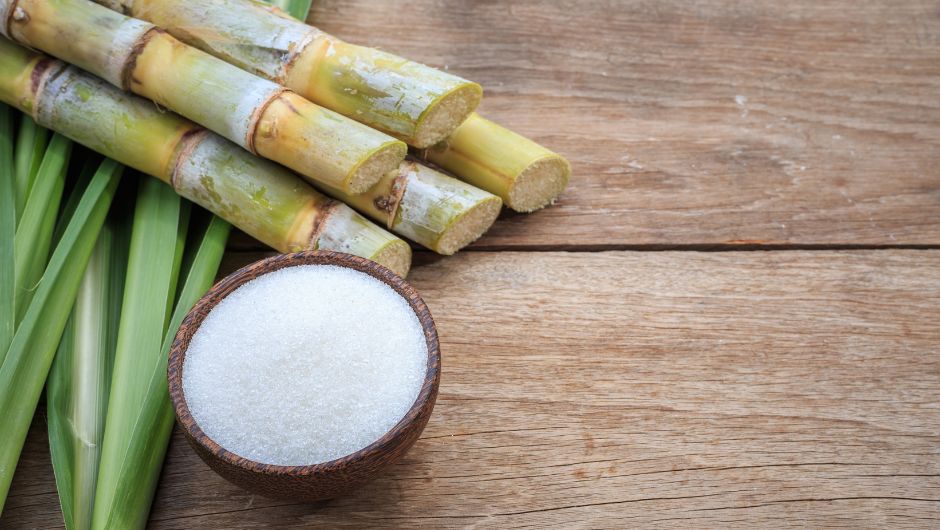Combating illegal pesticides multiplies with integrated actions
Event in Campinas discussed actions by companies and public authorities to reduce occurrences; destination of seized products was debated

The first estimate of the 2024/25 sugarcane harvest, released today by the National Supply Company (Conab), indicates that Brazil should produce 685,86 million tons, a reduction of 3,8% in relation to the harvest previous. Among the factors highlighted are the low rainfall, combined with the high temperatures recorded in the Center-South Region, which caused losses in productivity, estimated at 79.079 kilos per hectare, 7,6% below that obtained in the previous harvest, which was favored by good climatic conditions.
According to the Company's survey, the sugarcane harvesting area grew by 4,1%, going from 8,33 million hectares to 8,67 million hectares. The growth is due to the increase in areas undergoing expansion and renewal, with the harvest in the Central-South Region, already started, starting to intensify from May onwards.
In the Southeast Region, where the largest sugarcane production in the country is concentrated (64,6%), production is estimated at 442,74 million tons, a decrease of 5,6% compared to the 2023/ 24, with the biggest reduction observed in São Paulo, of 28,32 million tons, due to the contrast with the excellent result of the last harvest. The Center-West, the second region that produces the most sugar cane, has an estimate for this harvest of 145,69 million tons destined for the sugar-energy sector.
For the Northeast, a production of 56,65 million tons is indicated, similar to that obtained in the previous harvest, with crops in the growth phase and the harvest likely to begin in August. In the South and North regions of the country, the expectation is that they will produce, respectively, 37 million tons and 3,78 million tons.
Despite the reduction in the harvest, the research points to an estimated sugar production of 46,29 million tons, an increase of 1,3% to that obtained in the previous harvest, a record hitherto. When compared with the 2023/24 harvest, with the exception of the North Region, and the states of Mato Grosso and São Paulo, despite the greater use of sugarcane for the production of sweetener in relation to ethanol, growth is observed in sugar production. The favorable market justifies this value, placing the current harvest as the largest sugar production in Conab's historical series.
Total ethanol production, including that produced from sugar cane and corn, is expected to reduce by 4% compared to the previous harvest. When only ethanol from crushing sugar cane is analyzed, a reduction of 8% is observed. Corn derivatives, on the other hand, showed growth of 16%. The estimate therefore indicates the production of 34,18 billion liters of ethanol, from sugar cane and corn. Of this total, 15,18 billion liters will be anhydrous ethanol and 19 billion liters of hydrated ethanol.
Despite the forecast of a drop in sugarcane production in the 2024/2025 harvest, the supply of the product on the market is expected to remain stable due to high inventories at mills, resulting from the previous record harvest. Furthermore, Brazil continues to have a favorable scenario for sugar on the world market, which ends up favoring the production mix to the detriment of ethanol in the 2024/25 harvest, culminating in a forecast of increased production of the sweetener, despite lower production of the raw material.
India, the second largest sugar producer, has been facing adverse weather conditions, including a drought driven by the El Niño phenomenon, resulting in a drop in production. Even though it has historically been an exporter, the Indian country is now facing the prospect of sugar imports due to decreased production and the potential abandonment or reduction of sugarcane cultivation by farmers, a scenario that benefits the Brazilian product.
On the ethanol side, more competitive fuel prices are already observed in relation to gasoline in some Brazilian states, especially in São Paulo, the largest producer and holder of the majority of the vehicle fleet. However, the 8% reduction expected for the next harvest tends to reduce the difference for gasoline, due to the better scenario for sugar, with the production mix unfavorable to alcohol.

Receive the latest agriculture news by email